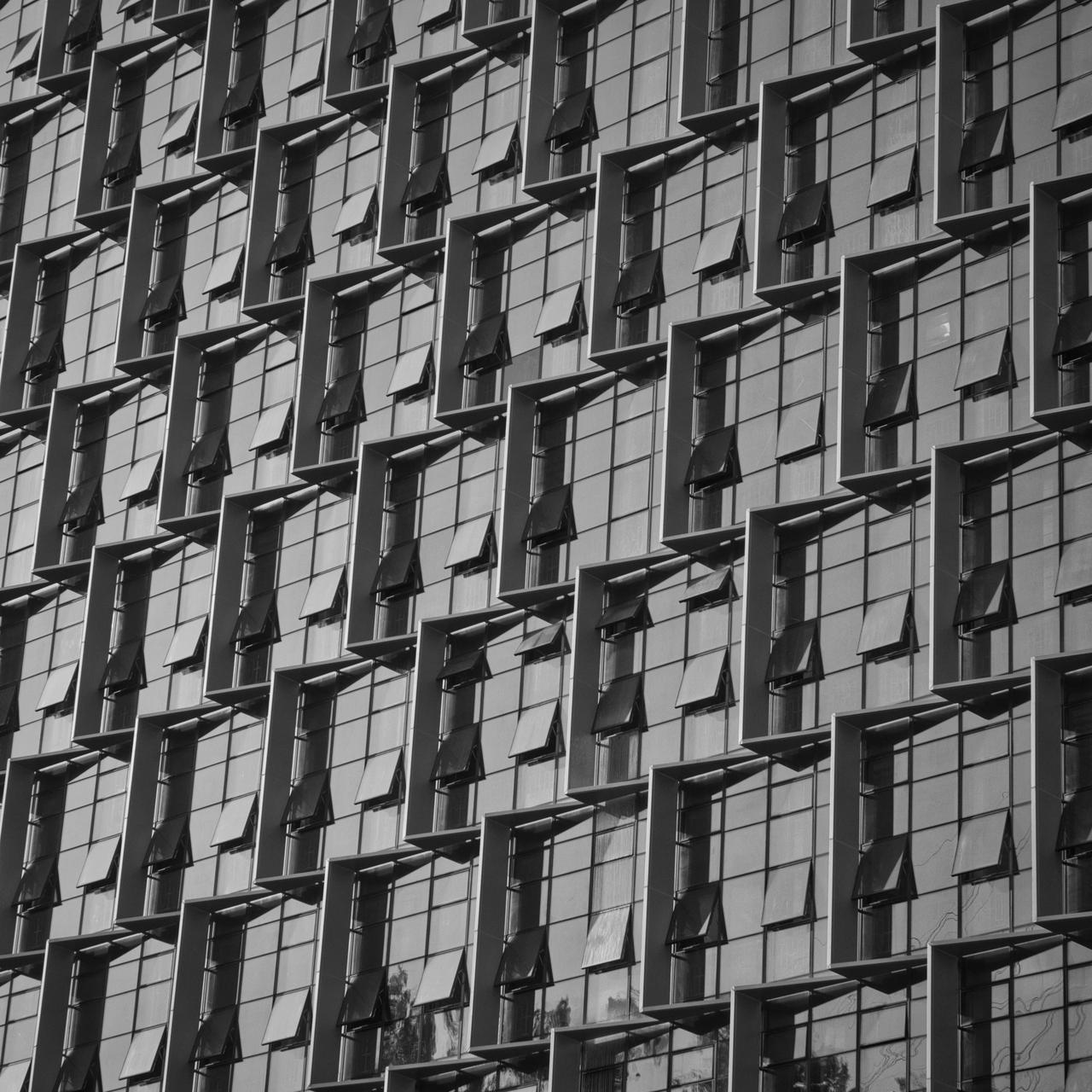Unrest in the Giant: The Story of Brazil's 2013 Uprising

The 2013 Brazilian Protests were a significant social and political event in Brazil, marked by widespread public demonstrations across the country. Initially triggered by increases in public transportation fares, the protests quickly expanded to include broader issues related to government corruption, public spending, and social inequality. The unrest not only revealed deep-seated public discontent but also had notable economic implications and policy repercussions.
Origins and Escalation of the Protests
The protests began as a response to specific policy measures but grew to reflect more extensive dissatisfaction with the government and its policies.
Increase in Transportation Fares
The immediate catalyst for the 2013 Brazilian Protests was the announcement of increased fares for public transportation in several major cities, including São Paulo and Rio de Janeiro. This increase was seen as burdensome by many citizens, especially against the backdrop of broader economic challenges.
Broader Sociopolitical Grievances
As the protests grew, they encompassed a wide range of issues. Participants expressed their dissatisfaction with government corruption, inadequate public services, and excessive spending on international sporting events, such as the FIFA World Cup, at the expense of health and education. The protests highlighted a disconnect between government priorities and the public’s needs.
Economic Impact of the Protests
The widespread nature of the protests had a significant impact on Brazil’s economy and business environment.
Disruption to Business and Economic Activity
The demonstrations led to disruptions in economic activities in major cities. Businesses were temporarily closed, and public transportation was disrupted, affecting daily commerce and contributing to a broader sense of uncertainty in the business community.
Effect on Investor Confidence
The protests contributed to a decline in investor confidence in Brazil. The unrest highlighted structural issues in the economy and governance, raising concerns about the country’s political stability and its ability to host upcoming international events like the World Cup and the Olympics.
Policy Responses and Long-Term Consequences
The 2013 Brazilian Protests led to immediate government responses and had longer-term implications for public policy and governance in Brazil.
Government Reaction
In response to the protests, the Brazilian government took steps to address some of the immediate issues, including reversing the transportation fare hikes and announcing plans for political reform and increased public spending on social services.
Long-Term Political and Social Implications
The protests had lasting impacts on Brazil’s political landscape. They reflected and intensified public disillusionment with the political establishment, contributing to significant shifts in subsequent elections and public policy debates.
Impact on National Identity and Civil Society
The 2013 protests marked a significant moment in Brazil’s democratic development, demonstrating the power of public mobilization and the importance of government accountability. They fostered a more engaged civil society and heightened awareness of social and political issues in the country.
In conclusion, The 2013 Brazilian Protests were a defining moment in Brazil’s recent history, reflecting deep societal issues and the public’s demands for better governance and accountability. The protests had significant economic implications, highlighting the interconnectedness of social, political, and economic factors. They served as a catalyst for policy changes and had a profound impact on Brazil’s political and social discourse.
Excited by What You've Read?
There's more where that came from! Sign up now to receive personalized financial insights tailored to your interests.
Stay ahead of the curve - effortlessly.

